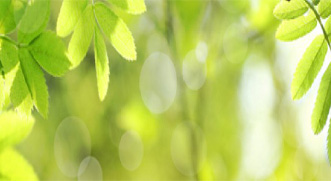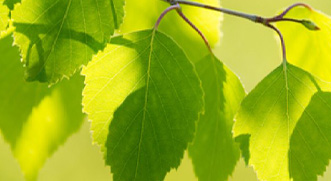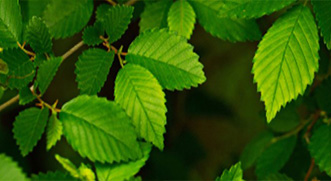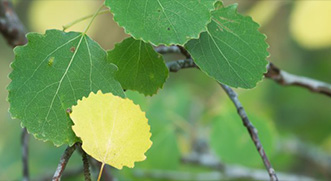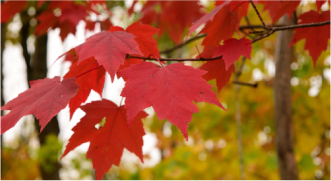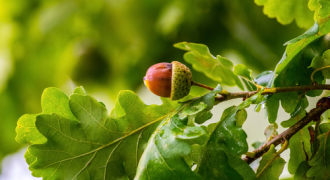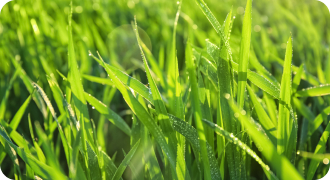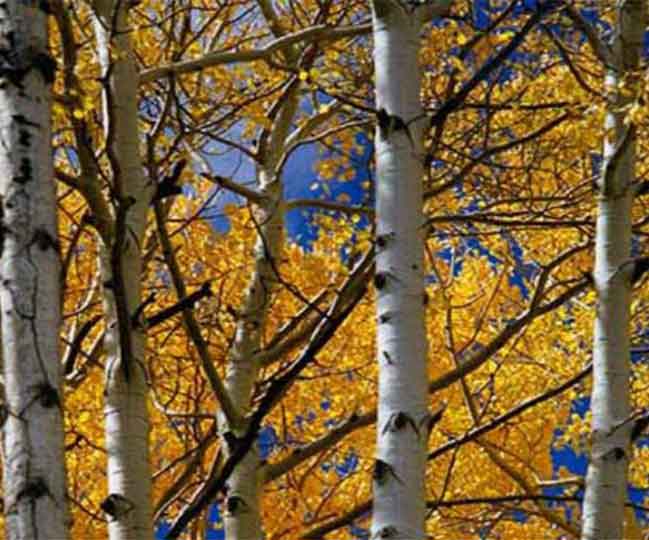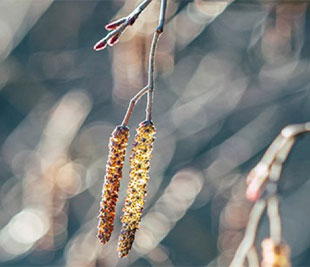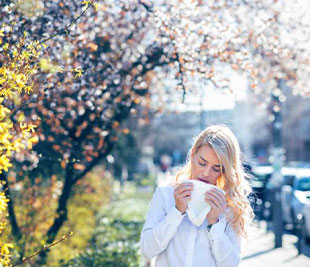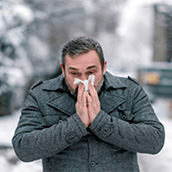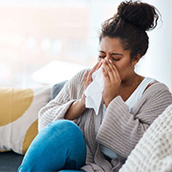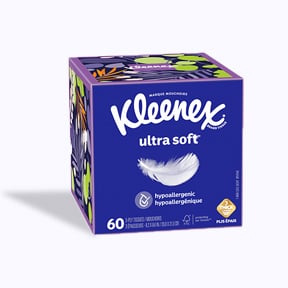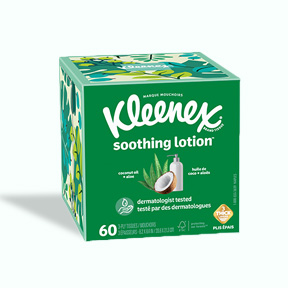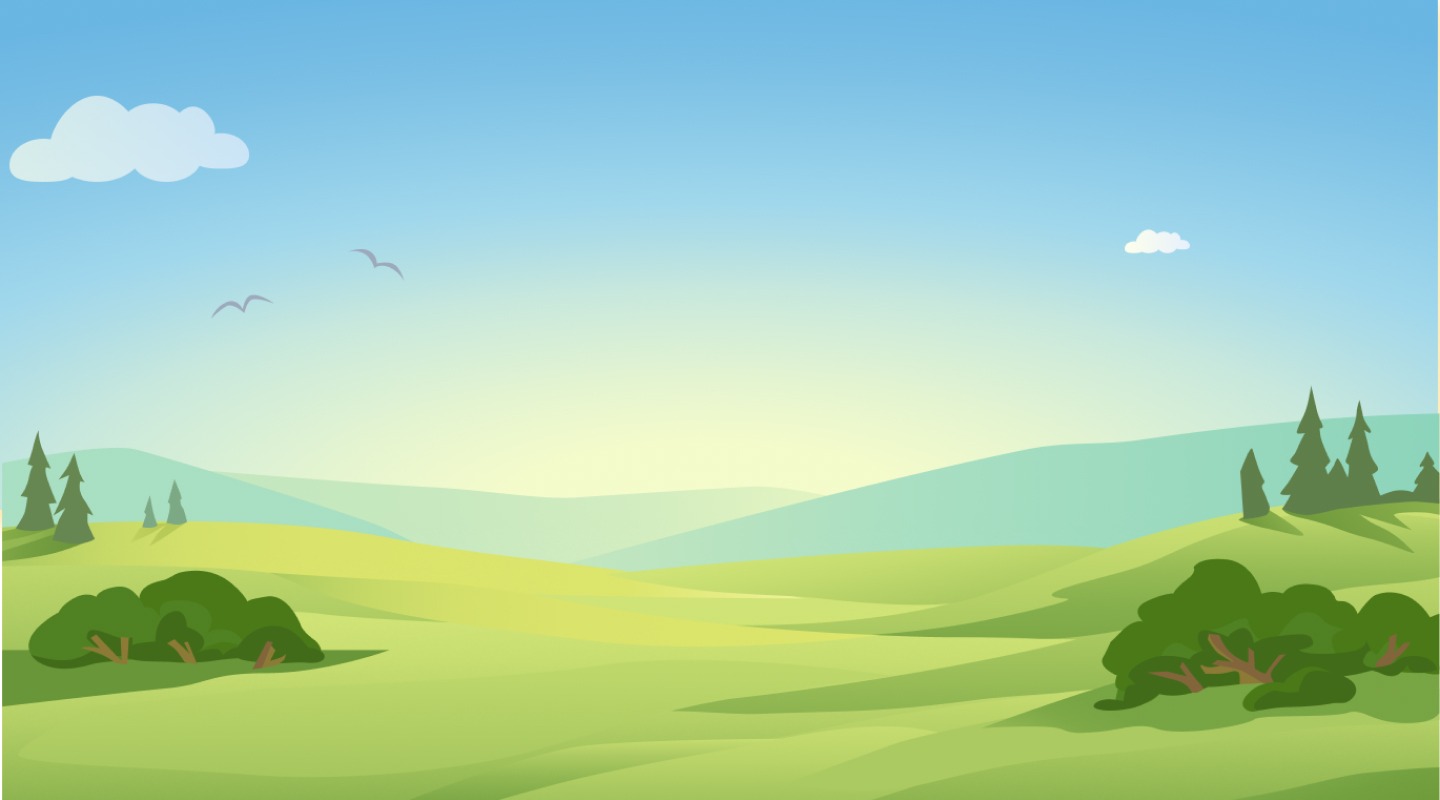


Click here to sign up for alerts
Tap here to sign up for alerts

The pollen forecast for your area
The weather forecast for your area
Discover our hay fever advice and more information about pollen in your area.

Get ahead of pollen with personalized alerts!
Sign up for pollen alertsPollen Count in Montreal, Quebec
What is the pollen count in Montreal today?
Find out more about the daily pollen count in Montreal by using our pollen tracker. Enter your postal code to see the pollen levels in your area to help plan your day.
Pollen forecast for Montreal
Enter your postal code for an accurate pollen forecast for any area of Montreal – like Rue Sainte-Catherine or Rue Saint-Paul. Once you’ve checked it out, you can plan the best day to climb in Mont Royal Park or head to Old Montreal.
Pollen Month-by-Month in Montreal
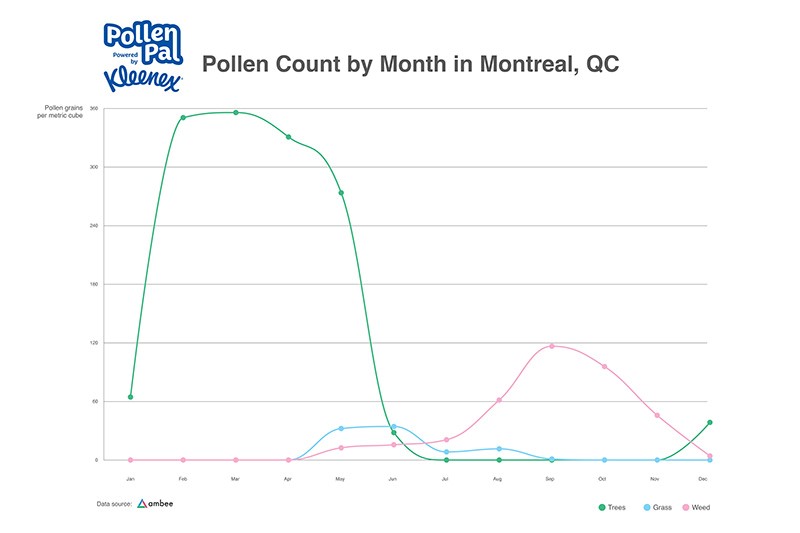
-
January
-
February
-
March
-
April
-
May
-
June
-
July
-
August
-
September
-
October
-
November
-
December
With snow covering most of Montreal, this month has a low pollen count. Within this pollen break any allergies are most likely pet or mold related. Having trouble distinguishing between hay fever and a winter cold? Check out our guide to find out the differences.
So long as the freezing temperatures continue in Montreal, pollen seldom makes its presence felt this early in the year.
The first month of spring brings with it the beginning of tree pollen season. Trees in season include Cedars, Hazels, Alders, Elms, Maples, Willows, Poplars, Pines and Oaks.
April showers welcome not only the bloom of flowers but grass pollen season. Kentucky grass is the first representative of the approaching season. Tree pollen remains the dominant pollen producer in Montreal during April.
Kentucky, Bermuda, Johnson, orchard, and Timothy grasses are spreading their pollen evenly across Montreal in May, while Sycamore trees also begin pollenating.
By June in Montreal, pines, birch and oaks are the main producers of tree pollen. Sweet vernal joins the season and also adds its pollen to the other grasses.
In July, grass pollen is peaking in Montreal, and ragweed begins to appear in Quebec.
The good news is that tree pollen production has peaked with the exception of a few late bloomers. For Montreal, ragweed is now the dominant pollen producer, along with dock, nettle, mugwort and plantain.
Ragweed is officially on the decline, which signals hay fever season is winding down. Take a deep breath while out and about without causing any itchy eyes or runny noses – and fingers crossed the sun sticks around to make the most of it!
With any luck, the last of the weed pollen is on its way out, although some may hang around until the first frost of winter in Montreal.
Enjoy the changing leaf colours without your eyes watering: November’s pollen count tends to be low.
December brings the first official day of winter in Montreal, which means traditionally low levels of pollen for the next few months.
Top Causes of Pollen in Montreal
Pollen season begins in March when Montreal’s trees begin to wake after the long cold winter. Grasses join in April and watch out for July with trees, grasses, and weeds all producing pollen simultaneously. From then on ragweed dominates pollen production until the end of the season. Montreal’s most common tree allergens are Birch, Elm, Oak, and Ash trees1.
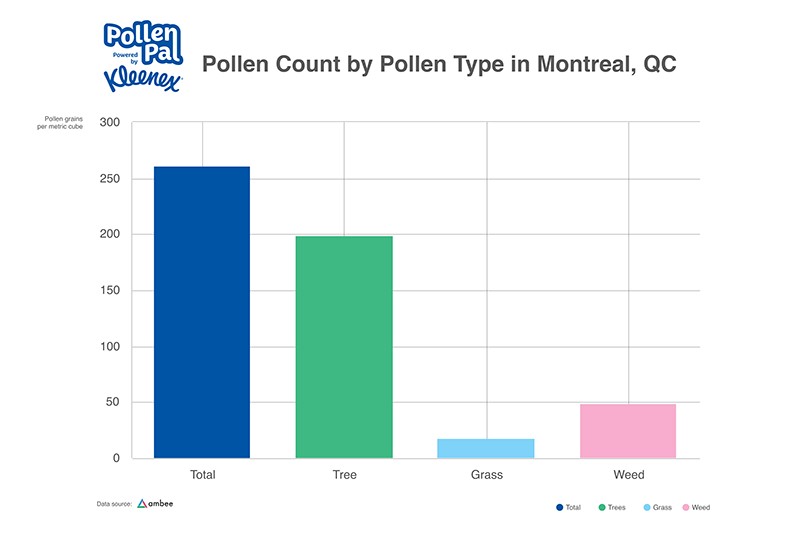
How to Stay Prepared for Montreal’s Allergy Seasons
- For whenever seasonal allergies strike, have a package of Kleenex® Ultra On-the-Go 3-Ply Pocket Facial Tissues on hand to comfort your runny nose.
- Use sunglasses to stop pollen from reaching your eyes, preventing watering and irritation.
- Frequently wash your hands to remove pollen.
- Wear petroleum jelly around your nostrils and upper lip to block pollen.2
- Use a highly protective comfortable mask to filter the air from pollen and other allergens.3
- When possible, change your clothes and shower upon returning indoors after spending time outside to wash off and remove pollen.
- If using a standard nasal spray, try nasal breathing exercises to assist naturally.4
Pollen Hotspots in Montreal
When strolling around Montreal, it’s important to know that the city’s parks and gardens are prime pollen production zones. Mont Royal Park, La Fontaine Park and the Montreal Botanical Garden are a few high pollen locations in the Montreal area to be aware of.
Allergy Friendly Activities in Montreal
You don’t have to worry about a high pollen count spoiling your fun in the city. There are endless hay fever-friendly activities in Montreal, so you can enjoy a day out with friends without suffering from the effects of your allergies. You just need to know when your particular brand of pollen is at its peak in the city.
Cultural and Historical Sites
You’ll find no end of historic treasures and architectural wonders as you wander Old Montreal’s cobblestone streets.
- Old Montreal
- Notre-Dame Basilica
- Old Port of Montreal
- Mount Royal
- St. Joseph Basilica
- Olympic Stadium
- Cathedral of Marie-Reine-du-Monde
Museums
As Quebec’s most populous city, Montreal is home to many of French Canada’s cultural repositories.
- Musée des beaux-arts de Montréal
- Barbie Expo
- Pointe-a-Calliere, Montreal Archaeology and History Complex
- Montreal Science Centre
- The Montreal Museum of Fine Arts
Sources:
Pollen Levels
The following table shows the risk level for each type of pollen derived by applying NAB guidelines to our data and taking percentile values from the extended season for each type of pollen.
Severity of pollen is dictated by the PPM number, which stands for Pollen Grains Per Cubic Metre. The weather and time of day can also be a big factor when it comes to how the pollen count can affect you. As pollen falls to the ground when the heat dissipates during the evening, this can mean your seasonal allergy symptoms get worse and is why many allergy sufferers have worse symptoms in the night. On rainy days, you’ll find your allergy symptoms are easier to manage as rain tends to wash pollen away.
- Low
- Moderate
- High
- Critical
Tree Pollen
- 0-95
- 96-207
- 208-703
- 704+
Weed Pollen
- 0-20
- 21-77
- 78-266
- 267+
Grass Pollen
- 0-29
- 30-60
- 61-341
- 342+
Types of Pollen
We’ve taken a closer look at the types of pollen out there to help you narrow down which ones will have you reaching for the tissues.
Show Allergy Season Who’s Boss
Looking for more info on seasonal allergies and symptoms? Check out our latest articles to help you put pollen allergies in their place.
Find Comfort From Allergies with Kleenex®
Seasonal or not, allergy symptoms can take a heavy toll on you. Let Kleenex® facial tissues help relieve some of those symptoms.
View all products
Frequently Asked Questions
- Local Pollen traps, where available.
- Weather data and other anthropogenic factors.
- Vegetation related data around your region.
A tree pollen level above 50 is considered high, while one to 10 is considered low. Be sure to check your local pollen count before venturing outside and plan accordingly.
 Get Pollen Alerts
Get Pollen Alerts
